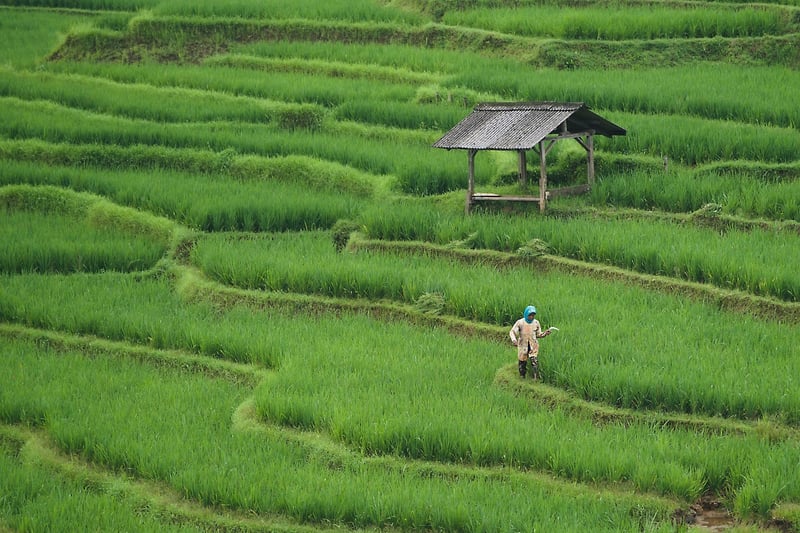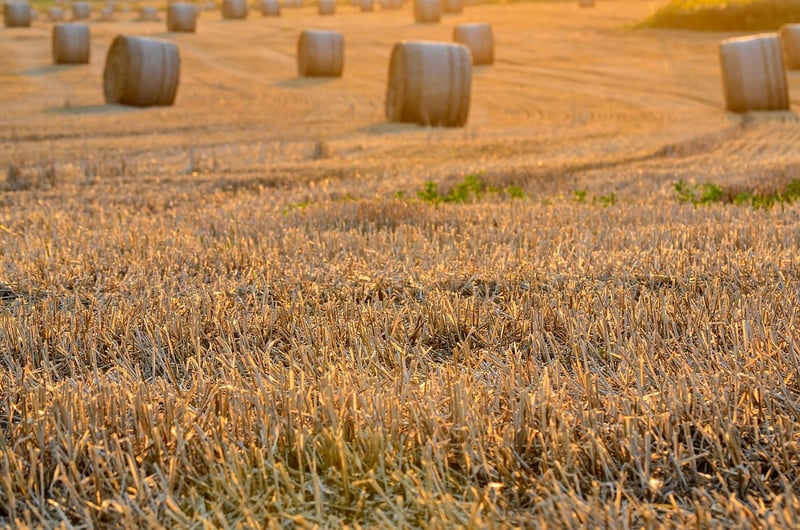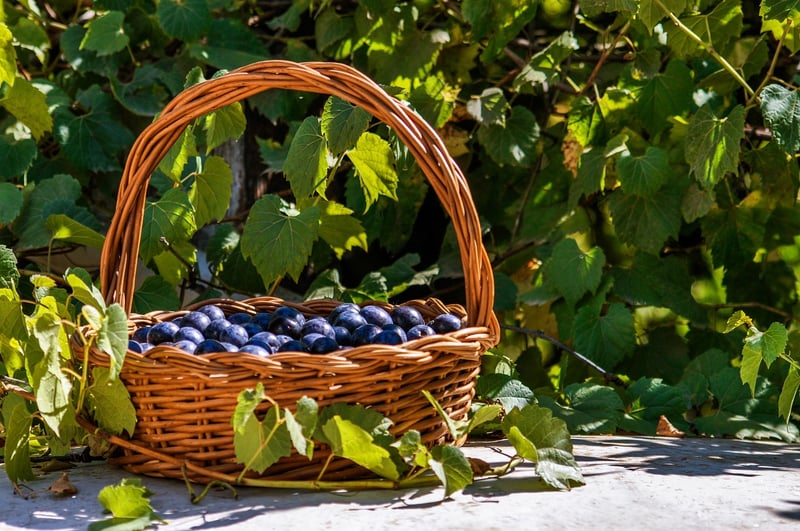Collective Harvesting
Collaborative Urban Farming Spaces and Collective Harvesting

Urban farming has seen a rise in popularity as more people become conscious of where their food comes from and seek sustainable alternatives. Collaborative urban farming spaces and collective harvesting offer communities a unique opportunity to reconnect with nature, promote local food production, and foster a sense of shared responsibility.
The Benefits of Collaborative Urban Farming Spaces:
- Utilization of underutilized urban spaces.
- Promotion of community engagement and cohesion.
- Increased access to fresh, locally grown produce.
- Education on sustainable farming practices.
- Reduction of food miles and carbon footprint.
How Collective Harvesting Works:
Collective harvesting involves a group of individuals coming together to gather crops from urban farming spaces. This communal activity not only ensures an efficient harvest but also fosters a sense of teamwork and shared accomplishment.

Key Steps in Collective Harvesting:
- Planning and coordination of harvesting schedules.
- Assigning tasks based on expertise and interest.
- Harvesting crops efficiently to minimize waste.
- Celebrating the collective effort with a shared meal or event.
By participating in collective harvesting, individuals not only enjoy the fruits of their labor but also forge meaningful connections with their fellow community members. It's a rewarding experience that goes beyond just growing food—it's about cultivating relationships and a sense of belonging.
If you're interested in joining a collaborative urban farming space or participating in collective harvesting activities, reach out to local community gardens, urban farms, or sustainability organizations in your area. Together, we can sow the seeds of a more sustainable and connected future.
